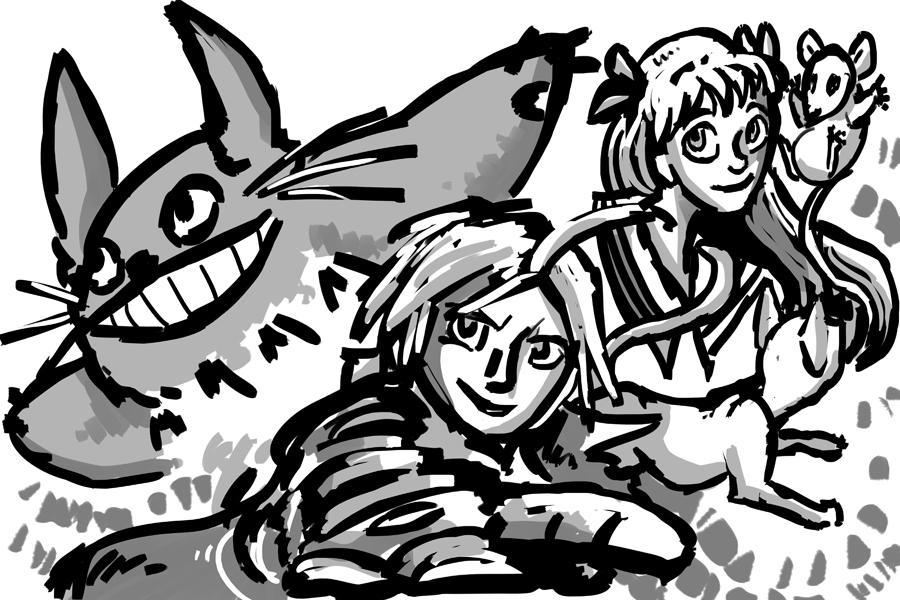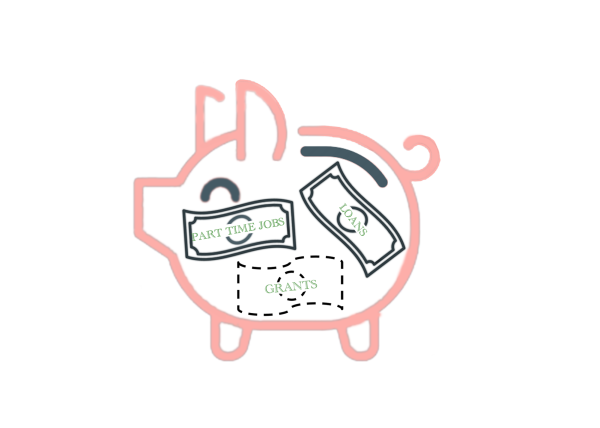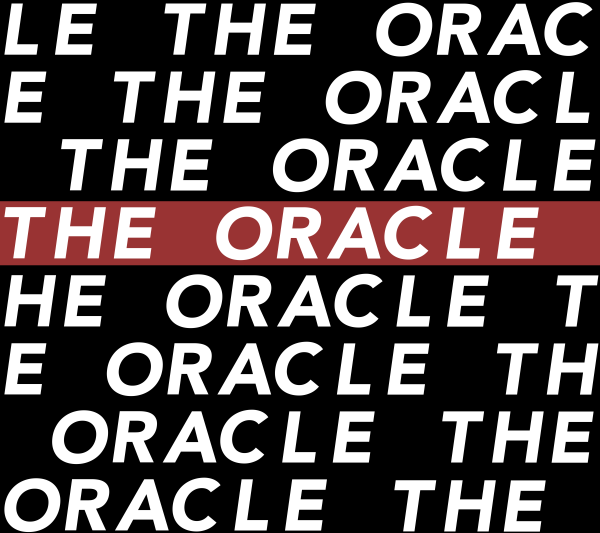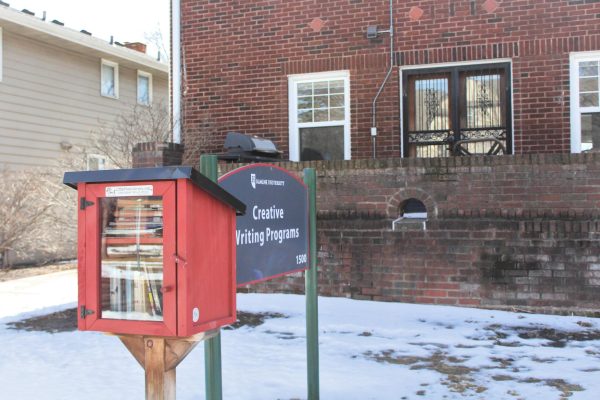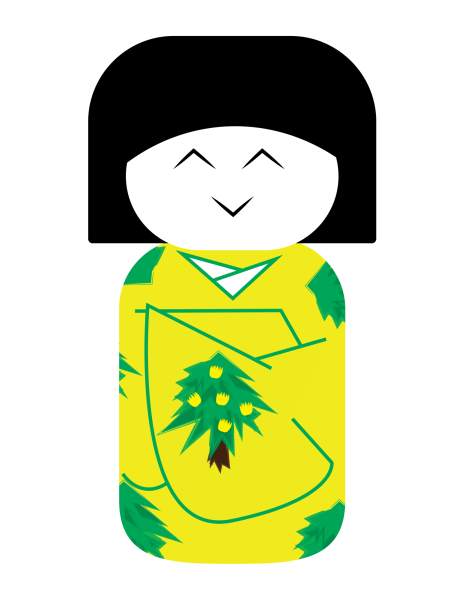Anime: you should be watching
I am coming out of my dark and dank geek cave to admit some of my darkest inclinations as a television-obsessed citizen. I watch anime. Now it is officially out there and going back into my geek cave is no longer an option. Despite the fact that watching cartoons is a staple of our generation and that hipsters have somehow made being a nerd part of the zeitgeist (whether ironically or genuine doesn’t really matter in the end) there is still a stigma surrounding watching anime. I can’t fully explain why that stigma is there, but I can say that it made admitting to people that I watch anime a difficult nerd journey and one I don’t want others to have to go through. It need not be this way, for anime is quite frankly fantastic.
Even those who do not consider themselves anime watchers have seen a Miyazaki film, most likely as a child before the judgement bound itself around the consumption of anime. The first film of his I saw was a classic, “My Neighbor Totoro.” The influence of this filmmaker and his film “My Neighbor Totoro” has seeped into the Western mainstream, whether you’ve noticed or not. In “Toy Story 3” the little girl Bonnie who had Woody for most of the film had another toy who was more of the silent type: a Totoro plushie. In a recent episode of “The Simpsons” the couch gag was an homage to Miyazaki’s work. If you happen to be an “Avatar: The Last Airbender” fan, you can find Miyazaki- inspired animation in the episode “The Beach.” Miyazaki is praised and admired in the animation world as he should be. Not only is he a masterful storyteller, but all of his work is hand drawn. If you want to experience a film where there is no cap on the imagination and that exposes the limitlessness of never losing your childishness as an adult, watch Miyazaki films.
Although incredible, Miyazaki films are simply a gateway anime. Disney distributes these in the U.S. with English dubbing from such stars as Christian Bale, Dakota Fanning, Elle Fanning, Emily Blunt, Emily Mortimer, Cate Blanchett, Matt Damon, Liam Neeson, Tina Fey, Betty White, Amy Poehler, Will Arnett, Anne Hathaway and many more. Many watch these films and are still able to claim that they don’t watch anime; they aren’t “one of those people.” No matter what label you may find yourself having, there is more to be discovered. Typically in anime you want to stay away from the English dubs, as many do not have the kind of backing Miyazaki films have. Sticking to English subtitles is a safe bet. Once you have entered the subtitled world you have entered into the world of anime.
As an English major who has studied story, binged on television, film and books, there is a reason I have turned to the medium of anime for entertainment. When it comes to American stories, they have really run out of ideas. Which detective story should I watch in which I can predict who did it in the first five minutes? Which American anti-hero should I watch: Don Draper, Walter White or Jax Teller? It doesn’t matter; they are all the same stuff, the McDonalds of anti-heroes. Which privileged white male should I watch ruin their own lives through their own dumb choices despite the fact that I’m apparently supposed to root for them and find them intelligent in their own way? Is it supposed to be deep because somehow American society pushed them to these extremes? I don’t think selling meth is every chemistry teacher’s first thought in order to pay for their medical bills.
Anime has given me a sweet release from this pretentious garbage that is force fed to me as an academic with the false promise that there is more than the surface to the story. Before I got into anime I read a manga called “Fruits Basket.” It is a classic piece of shoujo, a genre where the protagonist is a female under 20. The main girl isn’t all that academically bright, but has a heart of gold and compassion to boot. This universe is one in which the Japanese Zodiac take human form. It was rather adorable even though the main girl was a typical sexually naive teenager with many suitors. Despite this, the manga still defied gender norms if only with the character that represented the monkey zodiac (my zodiac) as a male cross dresser who simply felt more comfortable in women’s clothes and quite honestly looked amazing in them.
I eventually found my way into other quite popular shoujo that pushed against the classically naive female hero. This is when I found “Ouran High School Host Club” (which is on Netflix and has quite a good English dubbing). As this show is directly making fun of shoujo and the ridiculousness of most anime overall, it is quite hilarious. This also leads to a female hero who is disguised as a male student for most of the show. She constantly professes how we should see beyond gender and judge people by who they are rather that some attribute such as being a boy or a girl. Her main concern isn’t which boy she ends up with like a usual shoujo, but balancing her studies and her weird and unusual social life. I then stumbled upon “My Little Monster” last year at the Hamline Anime Club. The main female hero in this shoujo simply doesn’t care about trivial high school things, such as friends, and is constantly trying to keep up with her studies and striving to be the best. Like all shoujo there is still romance. But the romance, unlike what we see in American shoujo (“Twilight”), does not consume the plot of the story nor the life of the female protagonist. It is almost as if teenage girls do other things than dote on boys. Shoujo anime like this allows me to get my romance fix without wanting to vomit.
The first shounen (male version of shoujo) I watched was “Fullmetal Alchemist: Brotherhood.” The story takes place in a universe in which alchemy instead of science took over as the main pursuit of knowledge. This lead me to shows such as “Naruto,” “Fairy Tail” and “One Piece.” The male heroes are such positive role models as they never give up on an ideological concept of “good.” They have great values and truly stick to them. They bring hope into my life, while also showing me ridiculously awesome fight sequences that could only happen in animation. Shounen and shoujo are quite limited, however, in the age group of their protagonists.
When I look for a deep storyline that American anti-hero stories try to promise me but fail to deliver everytime, I look at anime such as “Phantom: Requiem of a Phantom” and “Psycho-Pass.” There is no clear character to cheer for and there are constant situations that make you question your own values. “Phantom” really criticizes American violence as well as exploring the ramifications of being a violent person. As a science fiction nerd, I fell in love with “Psycho-Pass.” It is an awesome cyber punk anime where they discuss philosophers to analyze their own society.
Shows such as these also continue to have dynamic female characters dispersed throughout that are treated just like male characters in the story. They are flawed, develop throughout and are a part of the plot.
Don’t get me wrong, anime is much like the Internet. There is a lot of stuff out there and it isn’t hard to find something strange, disturbing or offensive. However, this doesn’t mean that the Internet is inherently odd and something we should never use because of the weird things that pop up, so why should we treat anime this way? Especially, when there are awesome shows and films as the ones I’ve just described. Anime is actually offering deep and complex story lines and addressing gender norms like nothing we can find in American television, so why judge it so quickly? Don’t knock it till you try it.

